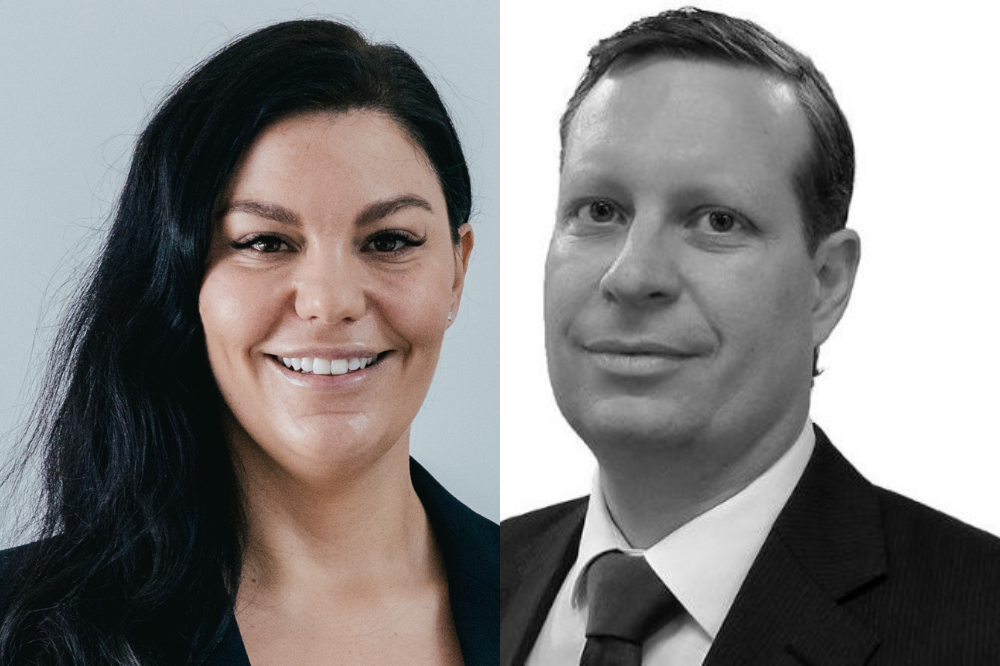A new report has found apartment supply in Perth has slowed as Western Australia records its first quarter with no projects formally launched to the market.
The Urbis Apartment Essentials report surveys all new apartment developments (in developments of 25 or more apartments) nationwide and has been running since 2014.
In the third quarter for 2022, a report for WA showed there were no new developments formally launched in that state’s market, with the slowing of new project launches leading to significantly fewer apartments in pre-sales (before construction commences).
The report found the average WA sale price was $745,000 for the quarter, with one-bedroom, one-bathroom apartments making up the majority of sales at 36% of total sales. Owner-occupier sales dominated the market with 53% of transactions.
Bianca Patterson (pictured above left), director of Perth brokerage Calculated Lending, said the enquiry her brokerage had received for apartment purchases in recent months remained constant with the last few years.
“We find apartment purchases are driven by migrants who are used to living in apartments in other states or countries and investors looking for higher yields, given Western Australia’s current rental shortage (Novembers rental vacancy rate was 0.7%),” Patterson said.
Patterson said Perth had never really taken to apartment living like other Australian capital cities.
“This is due to a number of factors including WA’s median house price amongst the most affordable in the country, so we find that most choose to live close to the city in properties offering more space as they can afford to,” she said.
“Perth is a very car centric city as it lacks a good public transport network. Most of the CBD apartments do not offer adequate parking options as they are built to highest and best use of the developable space, rather than for better lifestyle or liveability of the occupant. In a depressed market, apartments in Perth CBD traditionally don’t hold their value well and see far higher vacancy rates and holding costs than houses (we have seen vacancy rates for apartments in the CBD at 15% while housing was less than half of that).”
Patterson said there was a shortage of new apartment developments in Western Australia due to the rising costs of construction and the ongoing supply chain issues.
“We are seeing promising boutique developments with adequate presales being pulled from the market before construction has commenced because it is not feasible to build them in this environment,” she said.
“With developers and lenders being conservative in proceeding with projects, this will naturally cause an undersupply of new properties being built, which will add further pressure to the property and rental markets in the coming years. Demand from clients looking for more space has been a consistent trend since the beginning of COVID-91 and I see migration, affordability issues and the lack of supply of housing in Western Australia in general that would push a consistent uplift in sales of apartments in Perth in 2023.”
During October, Core Logic revealed unit values dropped -0.8% nationwide to a median value of $598,417 – a 3.8% slump below the peak recorded in April.
In July, Perth mortgage broker Matthew Posselt from Elite Finance Australia said local property was still performing well and property prices were continuing to rise.
Urbis director David Cresp (pictured above right) said with a number of larger developments (some in excess of 300 apartments) available for sale and a weighted average sale price of $623,000, below the Perth average of $745,000, the inner city Perth market had bounced back – providing an affordable option for buyers.
“The rental crisis continues whilst Perth continues to face a shortage of rental stock with the residential vacancy rate continuing to be at below 1%,” Cresp said. “Fewer new apartments are now being made available to renters, with only 37% of apartments sold in 2022 being sold to investors.”
Cresp said the increase in investor activity from sales in 2022 largely reflected an increase in east coast investors.
“Traditionally in Perth, east coast investors have reflected a very low proportion of sales, however, in 2022 the relatively low prices in Perth compared to the east coast meant that investors accounted for 8% of sales compared to generally only accounting for 2% to 5% of sales in previous years,” he said.
“Foreign buyers have continued to represent a very low proportion of Perth sales and whilst this has seen a slight increase up to 8% in 2022, compared to 6% in 2020 and 2021, this is well down on the period between 2015 and 2018 where foreign buyers were accounting for 13% to 19% of sales.”
Cresp said there were 1,135 new apartment completions nationwide in 2022, the lowest level seen in more recent years.
“This is slightly down from 1,249 in 2021 but well down from the 2,887 apartments completed in 2017,” he said.
“The lack of apartment launches in the current market will result in a sharp decline in apartment supply in three years’ time. The fact that so few apartments are currently being launched will mean far fewer completions in three years, when we expect that Perth will be seeing strong population growth, which will only add to the housing shortage issues that we are currently seeing.”
Cresp said whilst there was still demand for apartments, developers were struggling to make apartment developments in many areas of Perth viable.
“Construction costs have increased far more quickly than sales prices, however, with declining stock of available completed apartments and almost 70% of apartments under construction sold, developers in the Perth market will face less competition in coming years,” he said.
“When construction costs settle and supply slows, we expect new apartments to start selling at a price that makes development viable again.”


